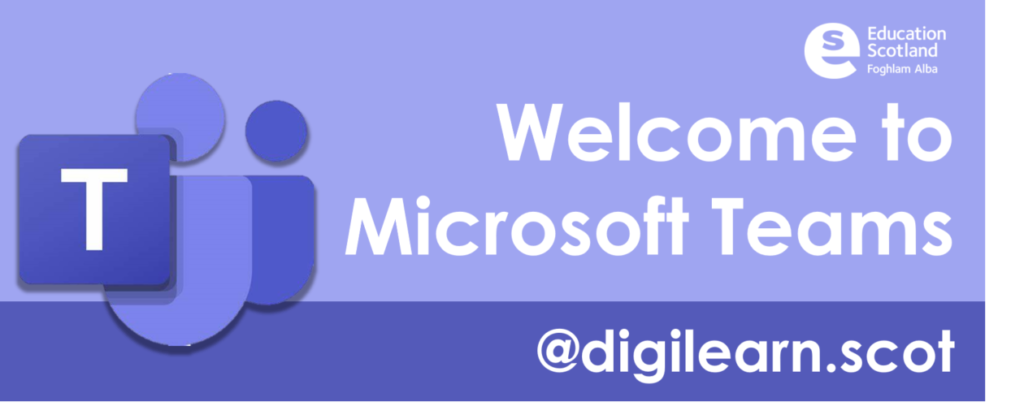More and more of the information we read is read online. Social media and web pages have replaced newspapers, and even TV, for many of us and our learners.
It is important to be critical of everything we read, whether it is online or not. Information can be misleading and we should support our learners to understand, analyse and evaluate all that they consume.
This could be explored through Literacy and English LIT x-18a – Recognise the difference between fact and opinion and progressing to evaluative comments about relevance reliability and credibility with appropriate justification
The risks:
- believing false reporting or ‘fake news’ – especially harmful if it relates to health or wellbeing
- spreading misinformation – social media makes it easier to share a story to a large audience than ever before
- going down a ‘rabbit hole’ of misinformation, where one piece leads to another, that can lead to extremist views and content
[youtube https://www.youtube.com/watch?v=1VCsEkj_dIg]

Becoming cyber resilient is the first step to being safer online. Talk to your learners about the devices and accounts that they use to access online information:
- If they are accessing their information on social media, are they using filter settings in the security and privacy settings for the platform, such as NSFW (not suitable for work), to reduce the chances of inappropriate material
- If they are accessing news or information through a web browser, does it have safe searching setup?
- If content is harmful or malicious – do they know how to report it?

Being more cyber resilient reduces the risk of internet safety issues arising. We all want the internet to be a more welcoming space for children and young people and that is why we promote this positive message of safe, smart and kind.
With your learners:
- Make them aware of the dangers of believing and sharing ‘fake news’ or deliberate misinformation – how could false medical information be harmful? Explain to them the benefits of using the NHS site for more accurate information, and the risks of ‘googling’ medical information
- Teach them how to understand, analyse and evaluate information they read online. You may already be doing this with physical texts, such as books, but it is important to make the learning contextual.
- Explore the motives for fake news and misinformation – are they kind? Who’s benefitting form it? Are they able to tell when words may be unkind when they aren’t obviously harmful?


















